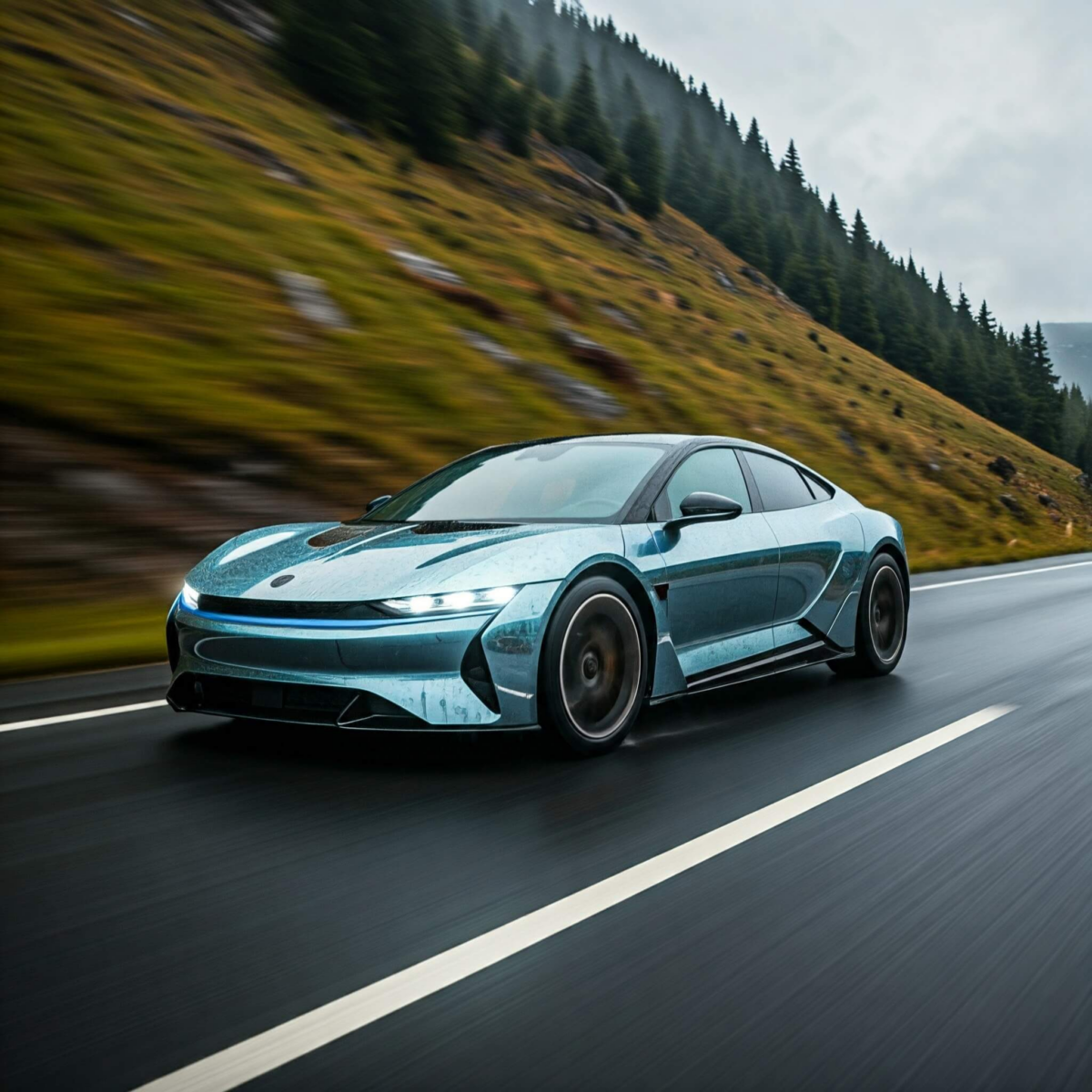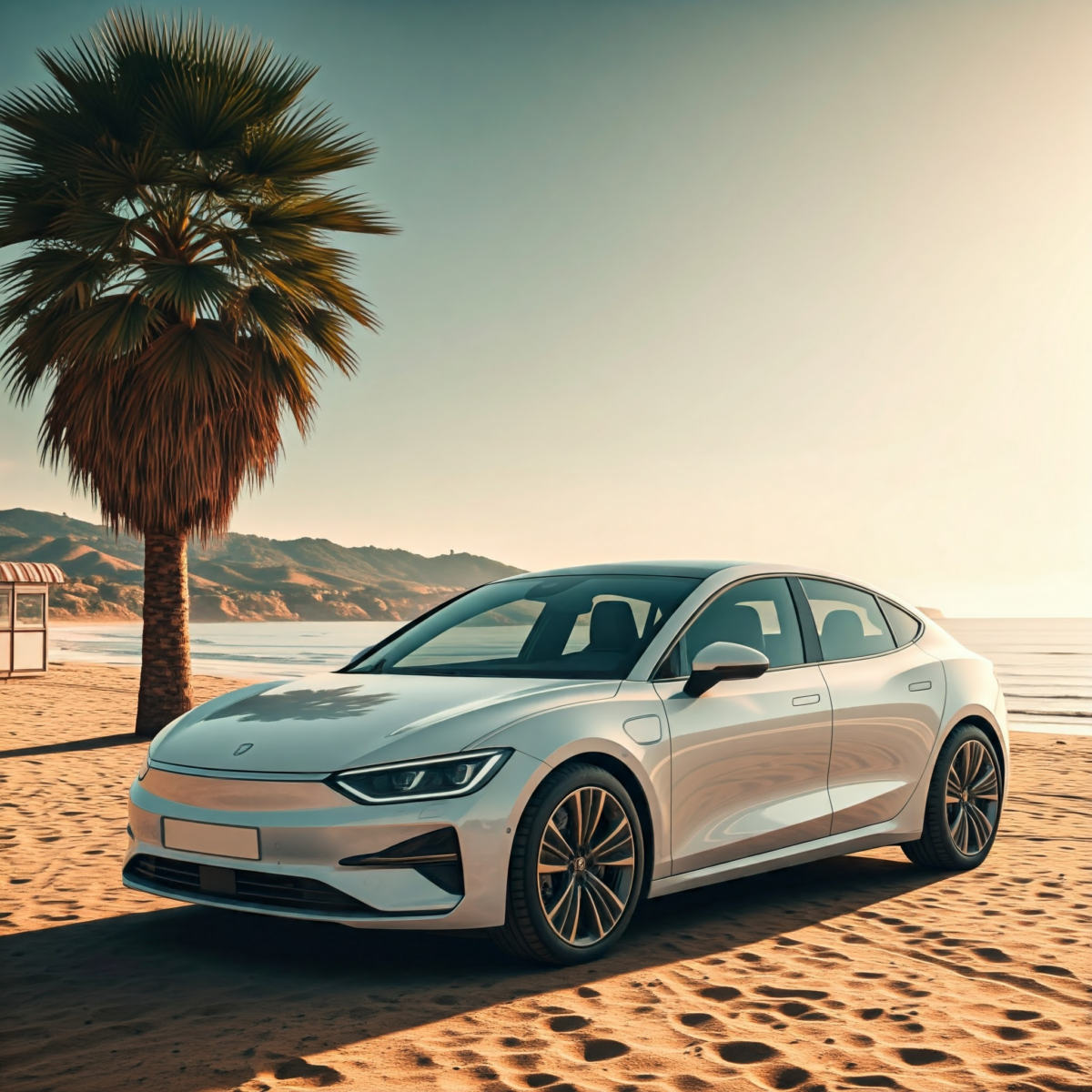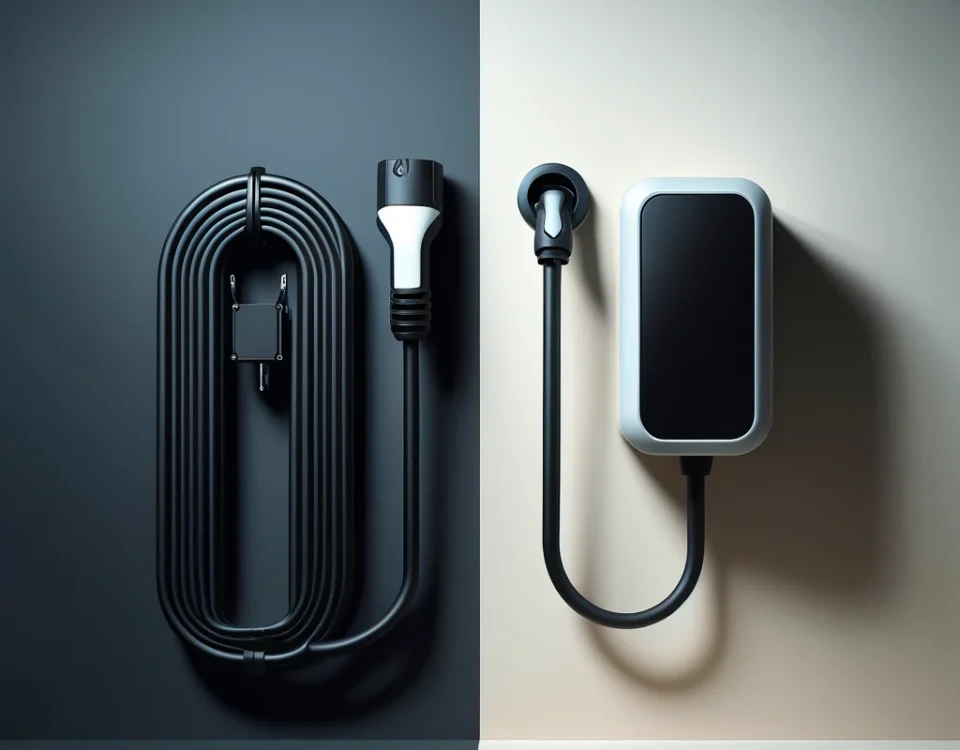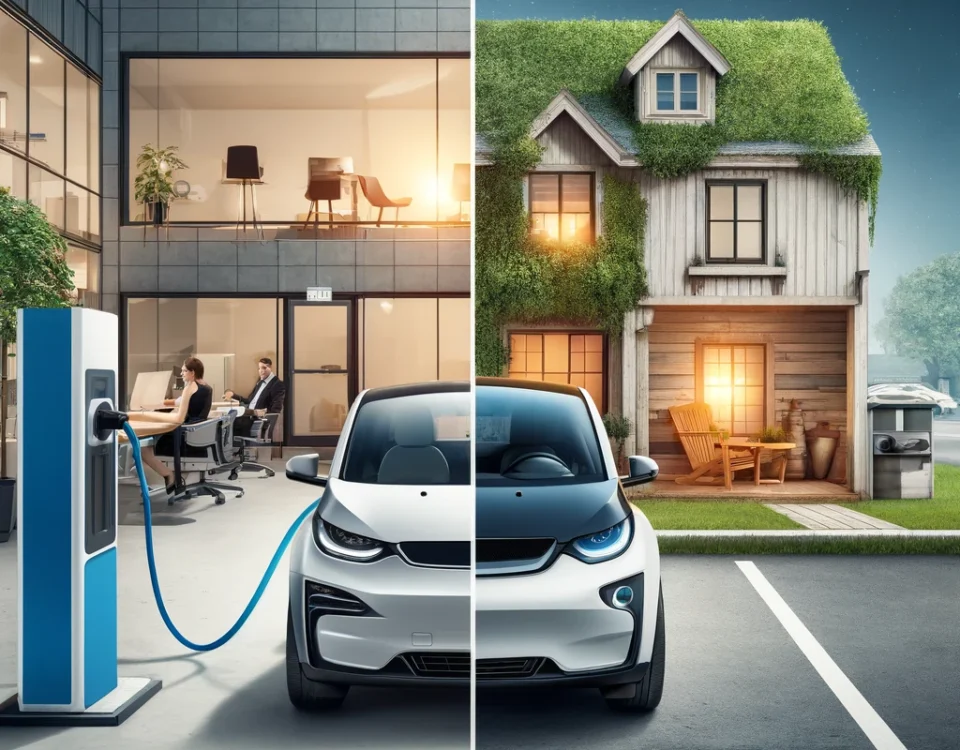As electric vehicles (EVs) gain popularity worldwide, more drivers are encountering diverse driving conditions, including extreme weather and challenging terrains. Understanding how to adapt your EV driving style for these conditions can enhance the performance and longevity of your EV. This article explores strategies for driving EVs in extreme conditions, covering cold weather, hot climates, mountainous terrain, and heavy rain, ensuring a safe and efficient driving experience.

Table of Contents
Introduction
Electric vehicles offer numerous benefits, including reduced emissions, lower operating costs, and a quieter driving experience. However, driving an EV in extreme conditions requires specific adjustments to maximize performance and safety. Whether you’re navigating snowy roads, enduring sweltering heat, climbing steep mountains, or driving through heavy rain, adapting your EV driving style can make a significant difference.
Understanding How Extreme Weather Affects EVs driving performances
- Cold Weather: Cold temperatures are another major concern for EVs driving performances. Battery performance suffers significantly in cold weather, with a noticeable decrease in driving range. This is because chemical reactions within the battery slow down, reducing its ability to store and deliver power. Additionally, pre-heating the cabin before driving can significantly impact battery range, especially on short trips.
- Hot Weather: Extreme heat can have a detrimental effect on EV batteries. High temperatures can accelerate battery degradation, reducing the overall range and efficiency of your vehicle. Additionally, the increased use of air conditioning puts a strain on the battery, further depleting its capacity.
- Wet Weather: While rain and snow don’t directly damage EVs, they can affect driving dynamics and visibility. Reduced traction on wet or snowy roads can lead to increased energy consumption due to frequent braking and acceleration adjustments. Additionally, using headlights and wipers for extended periods can also contribute to a slight decrease in range.
Cold Weather Driving & EV driving style

Cold weather can affect the performance and range of your EV due to the impact of low temperatures on battery efficiency. Here are some key strategies for your EV driving style for managing these challenges :
Preconditioning the Battery
Preconditioning your battery before driving can significantly enhance performance in cold weather. Most EVs come with a feature that allows you to warm up the battery while the vehicle is still plugged in. This not only ensures that the battery operates more efficiently but also reduces the need for heating energy from the battery during your drive. For safe and secure charging we recommend ussing fixed charging stations. Best way to charge your EV (also recommended by vehicle producers) is with AC chargers. Our BCC StartUp and Businesss fixed EV Chargers can help you achieve safe home and office charging.
Efficient Heating Usage
Using the vehicle’s heating system efficiently can help conserve battery power. Instead of relying only on the cabin heater, use seat warmers and steering wheel heaters, which consume less energy. Additionally, keeping the cabin temperature slightly lower and dressing warmly can extend your driving range.
Battery Management
In cold weather, it’s crucial to monitor your battery level more frequently. Plan your trips with extra charging stops if necessary, and avoid letting the battery level drop too low, as this can increase the strain on the battery and reduce its efficiency.
Hot Climate Driving

High temperatures can also pose challenges for EVs, primarily due to the stress on the battery and the increased use of air conditioning. Here are some strategies to consider adapt to your EV driving style:
Cooling Strategies
Parking your EV in the shade or using a sunshade can help keep the interior cool and reduce the load on the air conditioning system. Additionally, pre-cooling the vehicle while it’s still plugged in can help maintain battery efficiency once you start driving.
Managing Battery Temperature
Most modern EVs come equipped with battery thermal management systems that keep the battery within an optimal temperature range. In hot climates, ensure that these systems are functioning correctly. Avoid charging your battery to 100% unless necessary, as this can generate extra heat.
Efficient Air Conditioning Use
To minimize energy consumption, use the air conditioning system efficiently. Set the temperature to a moderate level instead of maximum cooling, and use the recirculation mode to maintain the cool air inside the cabin without continuously drawing in hot air from outside.
Heavy Rain and Wet Conditions
EV driving style in heavy rain and wet conditions requires attention to traction and electrical system safety:
Ensuring Traction
Electric vehicles typically have a low center of gravity due to the placement of the battery pack, which can improve stability and traction. However, it’s still important to drive cautiously in wet conditions. Ensure your tires are in good condition and properly inflated to maintain traction.
Electrical System Safety
Modern EVs are designed to handle wet conditions, but it’s still essential to be cautious. Avoid driving through deep water, as it can damage electrical components. If you must drive through puddles, do so slowly to minimize the risk of water ingress.
Driving in Mountainous Terrain
Driving in mountainous areas can be challenging for any vehicle, but EVs have certain advantages and specific considerations to keep in mind:
Regenerative Braking – an EV driving style
One of the benefits of driving an EV in hilly terrain is the ability to use regenerative braking. This feature converts the energy generated during braking into electricity, which can recharge the battery. When descending hills, use regenerative braking to control your speed and extend your range.
Efficient Climbing and Descent
When climbing steep grades, try to maintain a steady speed and avoid rapid acceleration, which can drain the battery quickly. Plan your route to include charging stations if your trip involves significant elevation changes. Decentralized EV charging networks like GoCharge allow you to plan your route accordingly. On descents, take advantage of regenerative braking to recover some of the energy expended during the climb.
Conclusion
Driving an EV in extreme conditions requires specific adaptations to your EV driving style to ensure safety and efficiency. By preconditioning your battery in cold weather, managing temperature and cooling strategies in hot climates, utilizing regenerative braking in mountainous terrain, and maintaining traction and electrical safety in wet conditions, you can optimize your EV’s performance. Embracing these strategies will not only enhance your driving experience but also contribute to the longevity and reliability of your electric vehicle.


